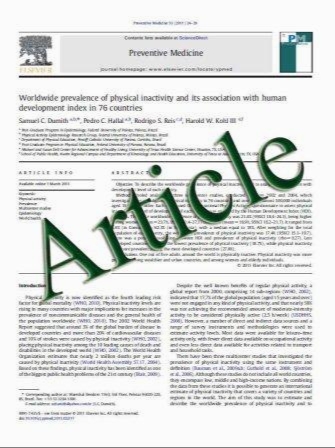A novel mutation (Cys83Tyr) in the second zinc finger of NR2E3 in enhanced S-cone syndrome
- نوع فایل : کتاب
- زبان : انگلیسی
- مؤلف : Amândio Rocha-Sousa & Takaaki Hayashi & Nuno Lourenço Gomes & Susana Penas & Elisete Brandão & Paulo Rocha & Mitsuyoshi Urashima & Hisashi Yamada & Hi
- چاپ و سال / کشور: 2010
Description
autosomal recessive retinal disorder characterized by an increased number of S-cones over L/M cones and rods. Mutations in the NR2E3 gene, encoding a photoreceptorspecific nuclear receptor, are identified in patients with ESCS. The purpose of this study is to report the ophthalmic features of a 25-year-old Portuguese male with a typical ESCS phenotype and a novel homozygous NR2E3 mutation. Methods The patient underwent a detailed ophthalmic examination including fundus photography, fluorescein angiography (FAF), fundus autofluorescence imaging (FAI), and spectral domain optical coherence tomography (SDOCT). Full-field electroretinography (ERG), S-cone ERG, and multifocal ERG were performed. Mutation screening of the NR2E3 gene was performed with polymerase chain reaction amplification and direct sequencing. Results The patient had poor visual acuity but good color vision. Funduscopy showed degenerative changes from the vascular arcades to the midperipheral retina. The SD-OCT revealed macular schisis and cystoid changes that had no fluorescein leakage. The posterior pole showed diffusely increased autofluorescence compared with eccentric areas in both eyes. International-standard full-field ERG showed the typical pathognomonic changes associated with ESCS and the short-wavelength flash ERG was simplified, delayed, and similar to the standard photopic flash ERG. Multifocal ERG showed widespread delay and reduction. Genetic analysis revealed a novel homozygous mutation (p.C83Y), which resides in the second zinc finger of the DNA-binding domain. Conclusions This homozygous mutation is likely to affect binding to target DNA sites, resulting in a nonfunctional behavior of NR2E3 protein. It is associated
Graefes Arch Clin Exp Ophthalmol (2011) 249:201–208 DOI 10.1007/s00417-010-1482-y Received: 30 October 2009 / Revised: 25 July 2010 / Accepted: 26 July 2010 / Published online: 20 August 2010


